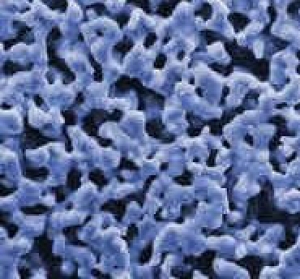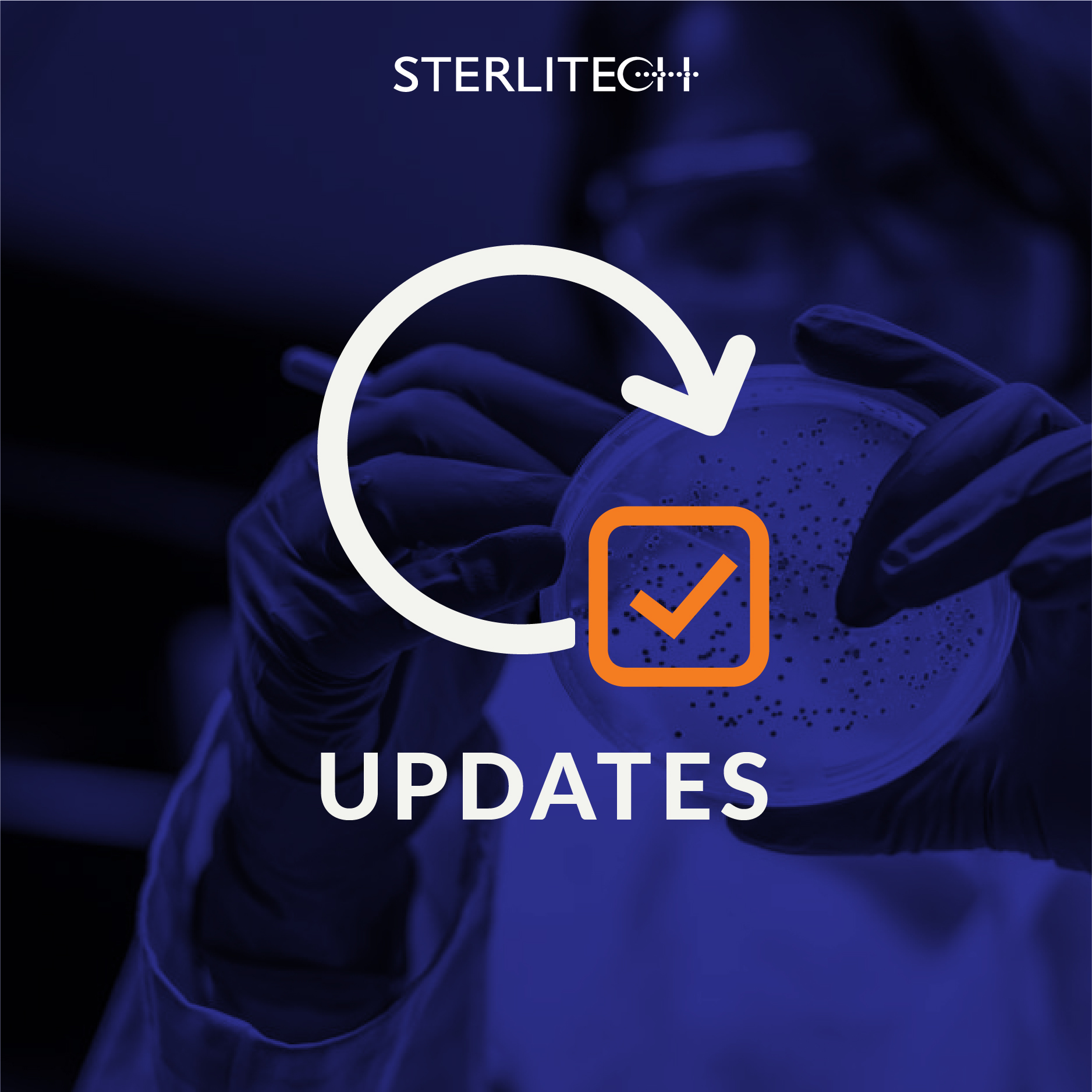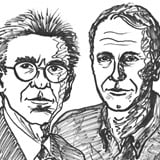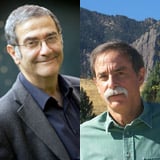At Sterlitech Corporation, we take great pride in producing the best laboratory filtration products on the market. It’s of one of our specialties, after all. But even we have to admit that filters aren’t always the most electrifying products to talk about. Until someone decides they should be. A team of chemists led by Anthony Kucernak, from the Imperial College London, decided to do exactly that in a study to determine if they could use Sterlitech’s silver membranes as electrodes and improve the performance of alkaline anion exchange membrane fuel cells (AAEMFC). AAEMFCs are a new twist on one the oldest and well-developed fuel cell technologies: the alkaline fuel cell. Owing to their nearly 70% power efficiency, NASA chose alkaline fuel cells to provide electricity with the Apollo missions and the Space Shuttle. AAEMFCs usually have electrodes made from carbon, but
Monthly Archives: October 2012
- Wednesday, October 24, 2012
- Wednesday, October 17, 2012
Sterlitech got a bit of local recognition last week when the Puget Sound Business Journal named it one of the 100 fastest-growing private companies in the Puget Sound area. This is the second year in a row that Sterlitech has made the PSBJ list of fastest-growing companies, and is an incredible honor to receive along with last month’s Inc. 5000 recognition. But while we love having an excuse to pat ourselves on the back, a great deal of credit goes out to our customers. Without you, we could only dream of these past two years of incredible growth. Thank you all for your support! The Puget Sound Business Journal's full list of fastest-growing companies can be found here.
- Tuesday, October 16, 2012
Today, we have a video that shows, in dramatic fashion, just how simple and efficient Sterlitech's Autofil Laboratory Filtration System is to use in comparison to traditional filter funnel assemblies. In this video, we have Jason on the Autofil System and Kristina on the traditonal filter funnel racing to filter 1000 mL of red water. Jason has to fill four 250 mL Autofil funnel assemblies, while Kristina has to fill two 500 mL filter funnel assemblies. Lets see how this plays out:
- Wednesday, October 10, 2012
---->As you sit in front of your computer reading this, a myriad of thoughts are probably running through your mind. "Where is this story going?" "What am I going to have for lunch today?" "This blog is awesome!" But what you probably aren't thinking about is how you are actually able to read this. How often have you spared a thought about how the light from the screen is passing through the cornea and lens of your eye to trigger the light-sensitive photo-receptors in your retina and send the visual information to your brain? While you consider that, also consider sending a message of congratulations to Robert J. Lefkowitz and Brian K. Kobilka for winning the Nobel Prize in Chemistry today. Their work over the past few decades has revealed the inner workings of G-protein-coupled receptors (GPCR), a family
- Tuesday, October 09, 2012
In 1935, Austrian physicist Erwin Schrödinger came up with one of the most famous thought experiments in history, Schrödinger's cat. The premise of the experiment has a cat in a box, with a capsule of poison gas connected to a Geiger counter. If a radioactive atom decays and triggers the counter the capsule opens and the cat will die. Quantum mechanics, which govern radioactive decay, state that the atom is in a superposition state of both not yet decayed and having decayed. The cat, by extension, is both dead and alive in the box, a seemingly paradoxical outcome. Quantum superposition is so sensitive to interaction with the environment that any attempt at observation ends the superposition and the cat becomes either dead or alive. Today, we are happy to offer our congratulations
- Monday, October 08, 2012
Congratulations to Shinya Yamanaka and Sir John B. Gurdon for winning the 2012 Nobel Prize in Physiology or Medicine! They kick-off this year's Nobel Prize season with their amazing discovery that mature, specialized cells can be reprogrammed to become immature stem cells. In 1962, John B. Gurdon replaced the nucleus of an egg cell of a frog with the nucleus of an intestinal cell. The modified egg cell developed into a normal tadpole, clearly demonstrating that the DNA of specialized cells still contain the information necessary to develop into tissue cell in the frog. More than 40 years later, Shinya Yamanaka introduced a few genes into the cells of mice and reprogrammed them to become pluripotent stem cells, which can develop into any type of cell in the body. The medical potential of their discoveries cannot be overstated. The ability to take tissue cells from an organism and then culture them into a different type of cell opens new avenues to treat diseases and injury that may be







![Join Sterlitech at BIO 2024 [Booth #5558]: Exploring the Future of Biotechnology](https://www.sterlitech.com/media/magefan_blog/b4.jpeg)

